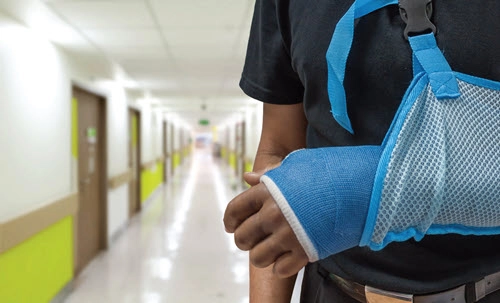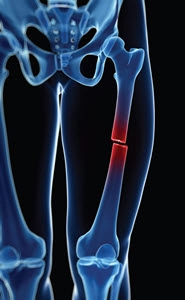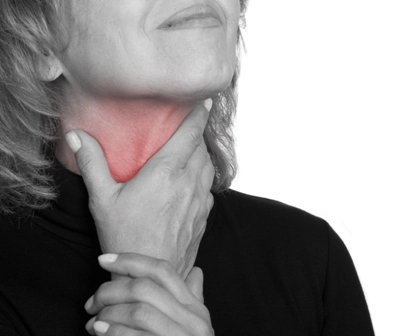Identify the Correct 7th Character for Active Fracture Treatment
Follow this advice to ace the ‘sequence multiple fractures by severity’ rule. Pinpointing the correct traumatic fracture code to match the patient’s diagnosis comes down to several factors. Thankfully, with instructions on open and closed fractures, breaks that may or may not be displaced, and how to sequence multiple fractures, you can master this tough diagnosis coding skill. “The ICD-10-CM Chapter 19 Official Guidelines are very informative in relation to fracture coding,” says Kristen Taylor, CPC, CHC, CHIAP, associate partner at Pinnacle Enterprise Risk Consulting Services in Columbia, South Carolina. Read on to give your traumatic fracture coding skills a tuneup. Figure Out the Types of Fractures When you search for fractures in the ICD-10-CM Alphabetic Index, you’ll find pathological fractures and traumatic fractures. A pathological fracture is a break that occurs due to a medical condition, such as a tumor, infection, or osteoporosis, whereas a traumatic fracture occurs when a significant force is applied to a bone, which results in a break. Common types of fractures include: Scenario: A patient is brought to the emergency department (ED) via ambulance following a car accident. The patient presents with severe pain in the right forearm and an open fracture of the right femur. The ED physician orders X-rays of the patient’s arm and leg to determine the extent of the patient’s injuries. After capturing two X-rays of the patient’s arm and three X-rays of the patient’s leg, the radiologist documents a closed, nondisplaced transverse fracture of the right ulna shaft and a type I open oblique fracture of the right femur shaft. Which diagnosis code goes first? “Multiple fractures are sequenced in accordance with the severity of the fracture with fractures requiring procedures generally being coded first,” says Lauren Braico, CPC, CEDC, medical coder of Practical Resources LLC in Syracuse, New York. In this scenario, you’ll report the femur fracture first by assigning S72.331B (Displaced oblique fracture of shaft of right femur, initial encounter for open fracture type I or II). Then, you’ll assign S52.224A (Nondisplaced transverse fracture of shaft of right ulna, initial encounter for closed fracture) to report the patient’s forearm fracture. Recognize When to Code a Fracture as Displaced A displaced fracture is when a space forms where the bone breaks. Conversely, when the patient experiences a nondisplaced fracture, the bone breaks but remains aligned. Typically, a displaced fracture may require manipulation or surgery to repair the break, while a nondisplaced fracture may need a cast, boot, or brace during the healing process. But how do you assign the correct code if a fracture isn’t documented as displaced versus nondisplaced? “The note at the beginning of each fracture section in the ICD-10-CM code set states, ‘A fracture not indicated as displaced or nondisplaced should be coded as displaced,’” Taylor says. This note is a handy reminder of ICD-10-CM Official Guidelines, Section I.C.19.c, which offers the same guidance, so you should reference the guideline while verifying a code in the tabular list. In the scenario above, the documentation indicates the forearm fracture is nondisplaced, but the report doesn’t specify if the femur shaft fracture is displaced or nondisplaced. Following the ICD-10-CM Official Guidelines, you’ll code the femur fracture diagnosis as displaced. Choose the Correct Open or Closed Fracture Code Fractures are categorized as open or closed. A closed fracture is when a bone break occurs without breaking the skin, whereas an open fracture is an injury where the bone protrudes through the skin. According to ICD-10-CM official guideline I.C.19.c, “A fracture not indicated as open or closed should be coded to closed.” This means that if the documentation doesn’t specifically state an open fracture, then you’re instructed to assign codes that pertain to closed fractures by default. Like the displaced/ nondisplaced coding notes, each fracture code section contains a note instructing you to choose a closed fracture code if the documentation doesn’t indicate if a fracture is open or closed. Open fracture hint: When reviewing the physician’s documentation or radiologist’s report, you may see terms such as “compound,” “infected,” “missile,” “puncture,” or “with foreign body.” These terms can indicate an open fracture. Specify Time of Care With a 7th Character Most categories in chapter 19 require a 7th character to complete the code. The 7th character value choices for traumatic fractures allow you to specify whether the visit is an initial or subsequent encounter and how the injury is healing. For our scenario, you’ll use 7th character A, B, or C to report a fracture diagnosis during an initial encounter. Descriptions of these characters for the codes in our scenario are as follows: These 7th characters B and C allow you to designate the open fracture based on the Gustilo open fracture classification. The classification system helps guide providers when managing treatment of an open fracture. In the scenario above, the provider diagnoses the patient with type I open oblique fracture of the right femur shaft. The terms “type I” and “open” along with the patient presenting to the ED lead you to select 7th character B to complete the code. Next, look at the patient’s broken arm diagnosis. The provider diagnosed the patient with a closed, nondisplaced transverse fracture of the right ulna shaft. “Closed” is the word that guides you to select 7th character A to complete the code. “Initial is a misnomer. What Initial means is active treatment,” Braico says. If a patient underwent a diagnostic visit or had a splint or cast applied, then you would assign 7th character A, B, or C. Using the scenario above as an example, if the patient has completed active treatment for their fractures, and is receiving routine follow-up care for the fractures in the healing phase, then you’ll assign S52.224D (Nondisplaced transverse fracture of shaft of right ulna, subsequent encounter for closed fracture with routine healing) for the right forearm fracture and S72.331E (Displaced oblique fracture of shaft of right femur, subsequent encounter for open fracture type I or II with routine healing) for the femur fracture. Follow-up care may be provided by the same provider or a new provider throughout treatment, but “assignment of the 7th character is based on whether the patient is undergoing active treatment and not whether the provider is seeing the patient for the first time,” Braico says.





